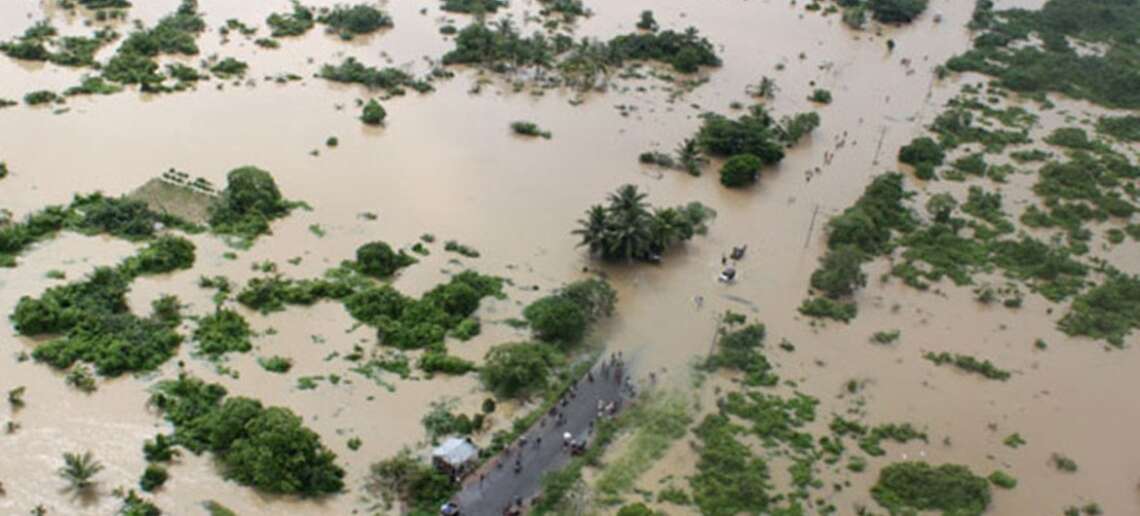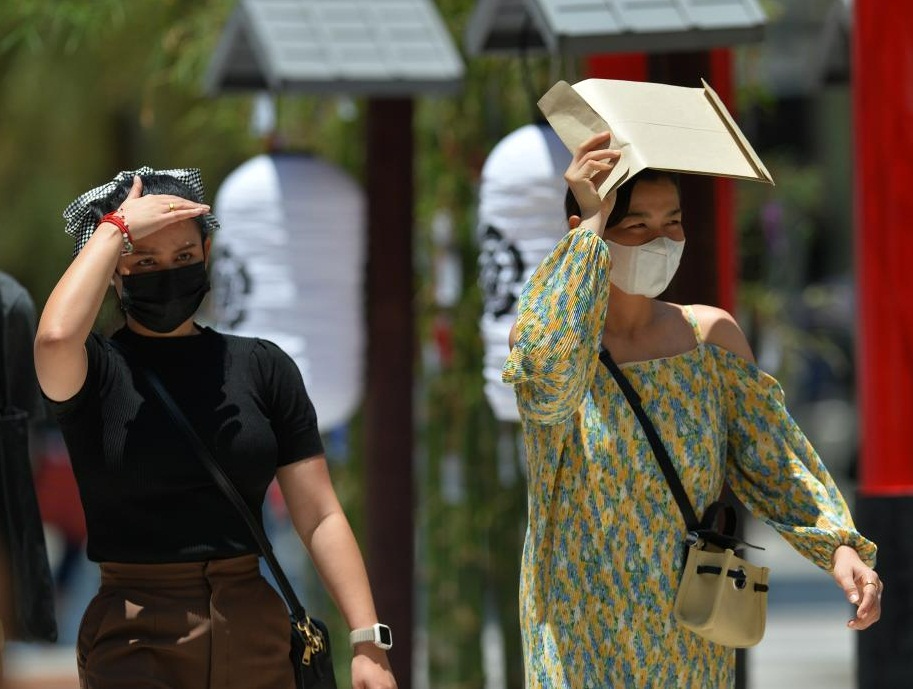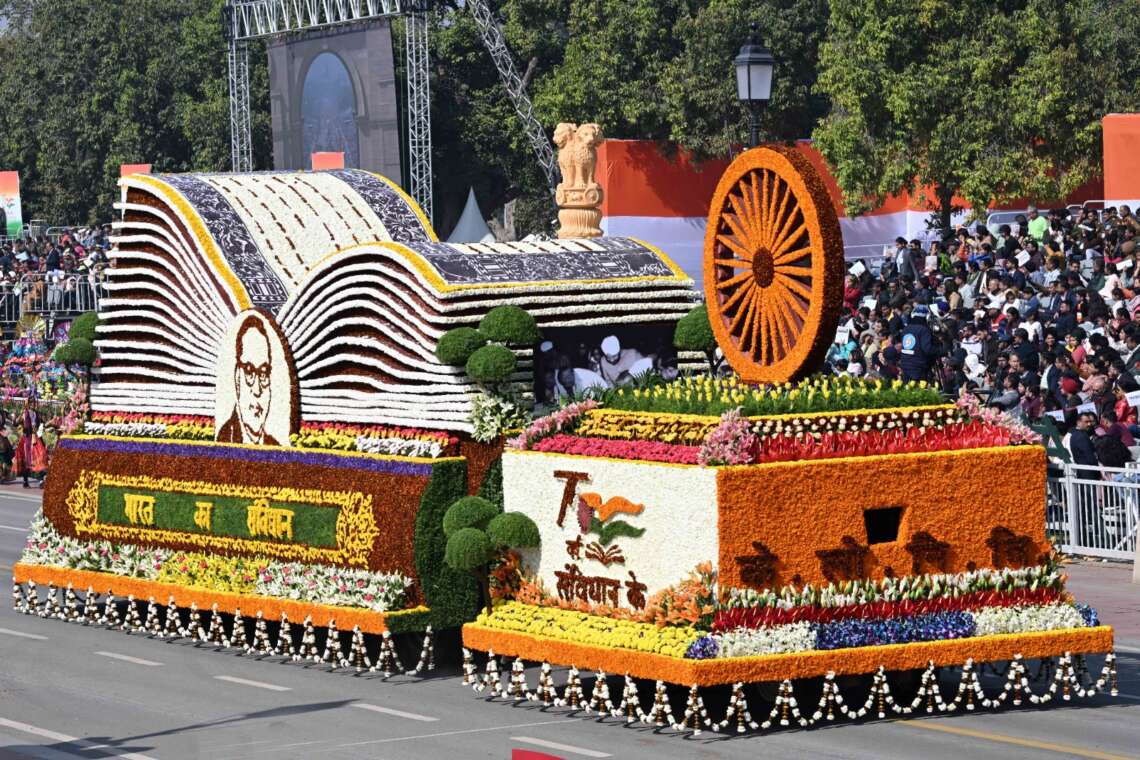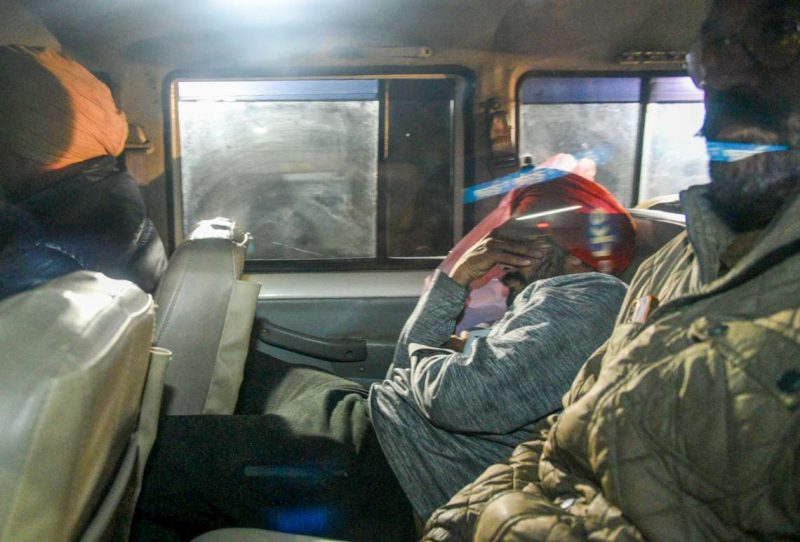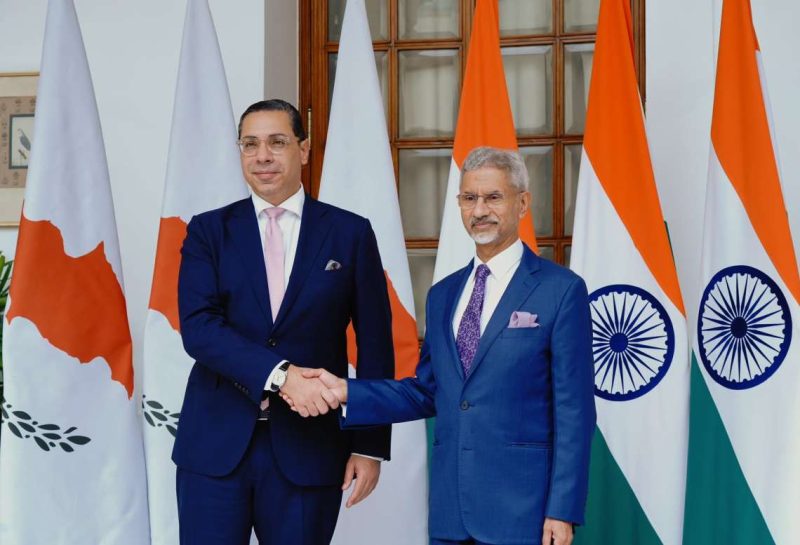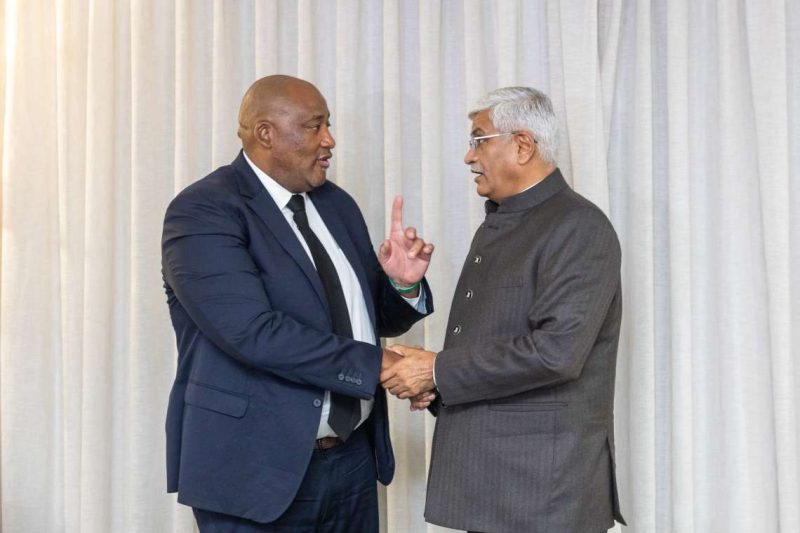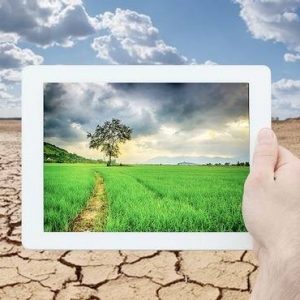In low-income nations across Asia and sub-Saharan Africa, the devastation was particularly harsh. Floodwaters swept through villages, carrying away homes and schools in their wake…reports Asian Lite News
The schoolyard was quiet. The usual laughter and chatter of children had been replaced by the eerie sound of rushing floodwaters and the distant whine of rescue sirens. Classrooms stood abandoned, their blackboards untouched, their desks submerged in muddy water. This was the reality for millions of children in 2024, as climate change wreaked havoc on education systems across the globe.
According to a report by the United Nations Children’s Fund (UNICEF), at least 242 million children in 85 countries had their schooling interrupted last year due to extreme weather events. Heatwaves, cyclones, floods, and other climate disasters shut down schools, disrupted routines, and derailed education for one in seven school-going children worldwide. For many, the destruction was not just of classrooms but also of dreams.
In low-income nations across Asia and sub-Saharan Africa, the devastation was particularly harsh. Floodwaters swept through villages, carrying away homes and schools in their wake. Cyclones battered fragile structures, leaving communities with no place to shelter, let alone learn. In Pakistan, over 400 schools were ruined in April, while Afghanistan faced a double blow of scorching heatwaves followed by severe flooding in May, destroying more than 110 schools. The same story unfolded in southern Africa, where months of drought, exacerbated by the El Niño weather phenomenon, further threatened the futures of millions of children.
Yet, the impact of climate change on education was not confined to these regions. Southern Europe, a region often perceived as more resilient, was also hit hard. Near the end of the year, torrential rains and catastrophic floods in Italy disrupted schooling for more than 900,000 children. Spain faced similar challenges, with thousands of students unable to attend classes due to severe flooding. Meanwhile, heatwaves swept across the globe, becoming the predominant climate hazard to shutter schools in 2024.
April was particularly brutal. More than 118 million children saw their education disrupted in a single month as a weekslong heatwave blanketed vast parts of the Middle East and Asia. From Gaza in the west to the Philippines in the southeast, temperatures soared above 40 degrees Celsius (104 degrees Fahrenheit). Schools without proper ventilation or cooling systems became unbearable. Children struggled to concentrate in sweltering classrooms, their bodies overheating faster than adults, unable to find relief.
“Children are more vulnerable to the impacts of weather-related crises,” said UNICEF Executive Director Catherine Russell in a statement. “Their bodies heat up faster, sweat less efficiently, and cool down more slowly than adults. In sweltering heat, they can’t focus in classrooms. And when floods wash away schools or block roads, they simply can’t get there.”
In the Indian Ocean, the island territory of Mayotte, already grappling with poverty, was left in ruins by Cyclone Chido in December. Just weeks later, Tropical Storm Dikeledi struck, keeping children out of school for six consecutive weeks. On the African mainland, Mozambique suffered a similar fate as Cyclone Chido destroyed more than 330 schools and three regional education departments. For a country where access to education is already a struggle, the loss was devastating.
Globally, 74 percent of the children affected by school closures in 2024 were in middle- and low-income countries. These nations often lack the infrastructure to withstand extreme weather events, and their schools and education systems are particularly vulnerable. Many were left scrambling to rebuild even as new disasters loomed.
UNICEF’s report highlighted the urgent need for change. “The world’s schools and education systems are largely ill-equipped to deal with the effects of extreme weather,” it said. But the problem goes deeper than just infrastructure. Education, a cornerstone of hope and progress, is slipping further out of reach for millions of children. Without schools, children are not only losing access to lessons but also to safe spaces, meals, and stability — lifelines in times of crisis.
Even in places where the immediate effects of extreme weather subsided, the long-term consequences lingered. Months of missed classes meant children fell behind in their studies, with many unable to catch up. For some, the disruption to their education became permanent, as families displaced by disasters struggled to prioritize schooling amidst the chaos of rebuilding their lives.
The human cost of these disruptions is immeasurable. Education is not just about books and exams; it is a lifeline to a better future. For millions of children, it represents the chance to break free from cycles of poverty and hardship. Yet, with every storm, flood, or heatwave, that chance slips further away.
As the planet recorded its hottest year ever, the urgency to address climate change became impossible to ignore. For many children, the future isn’t just a distant dream; it is a fragile promise that must be protected. The question now is whether the world will step up to meet the challenge.
In communities around the world, there are glimpses of resilience. Children gather under trees for makeshift lessons, determined to learn despite the odds. Teachers brave flooded streets and scorching heat to reach their students. These acts of courage and determination are a reminder of what’s at stake — and of the need for urgent action.
But resilience alone isn’t enough. The time has come for global leaders to prioritize education in their climate strategies. Schools must be built to withstand extreme weather. Education systems must be prepared to adapt and recover quickly. And above all, the world must take decisive steps to mitigate the climate crisis, ensuring that children everywhere can look to the future with hope, not fear.
For the 242 million children who had their schooling disrupted last year, the message is clear: the world must do better. Their future depends on it.


